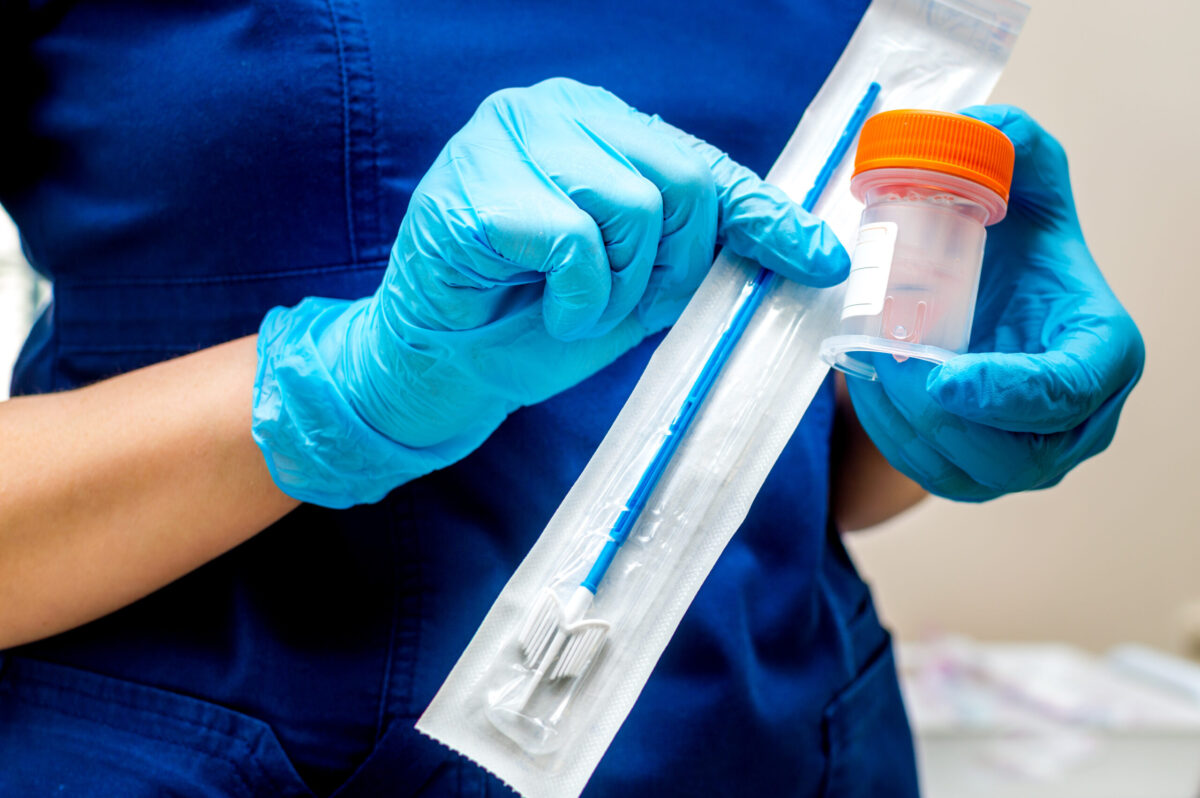Historically, cervical cancer was a leading cause of cancer-related deaths for women in the U.S. But throughout recent decades, advancements in prevention, screening and detection have dramatically decreased mortality rates.
However, cervical cancer remains a very serious health risk. Last year approximately 14,500 U.S. women were diagnosed with cervical cancer, and 4,200 died from the disease.
That’s why, in honor of Cervical Cancer Awareness Month, we’re highlighting the importance of staying vigilant about cervical cancer. Here’s what you should know.
What Causes Cervical Cancer?
Nearly all cases of cervical cancer are caused by a sexually transmitted infection, human papillomavirus (HPV). While HPV affects nearly 80 million people in the U.S., it doesn’t always cause cervical cancer. HPV typically goes away on its own, but in the rare cases where it doesn’t, it can cause cervical cancer.
How Is Cervical Cancer Prevented?
Fortunately, there’s a vaccine available to protect both girls and boys against HPV. If given prior to exposure to the virus, it’s effective for preventing most cases of cervical cancer. The vaccine can also prevent other types of cancer and infection, including vaginal and vulvar cancer, genital warts, and cancers of the mouth, throat, head, and neck.
While the HPV vaccine is recommended for preteens aged 11 to 12, it can also be administered in patients as young as nine and as old as 26. Thereafter, the vaccination provides less benefit, as by this point, most people have already been exposed to HPV.
Are Cervical Cancer Screenings Still Necessary?
Even women who have received their HPV vaccine should still receive screenings for cervical cancer, as vaccination may not prevent infection against all types of HPV. The objective of routine screenings is to detect precancerous changes to cervical cells, when treatment can be provided to help prevent cancer from developing.
If cervical cancer has developed, screening helps detect it early, before symptoms appear. As with most types of cancer, treatment for cervical cancer is most effective in its earlier stages.
Most women will need to begin receiving Pap tests — the standard screening for changes to cervical cells — by the age of 21. During this in-office exam, a small cell sample is taken from the cervix and then sent to the lab to be assessed for changes caused by HPV. It’s also possible that Pap tests may detect noncancerous conditions, such as infections or inflammation.
After the age of 21, most women will need to receive Pap testing every three years until they reach 30. Thereafter, screenings for cervical cancer may be combined with Pap tests and/or HPV tests every three to five years. Your doctor can offer recommendations for screenings based on your health history.
As part of our commitment to comprehensive cancer care, the providers at University Cancer & Blood Center continue to emphasize the importance of education surrounding cancer prevention. Find out more about our coordinated care services online, or call 705-353-2990 to schedule an appointment.



















